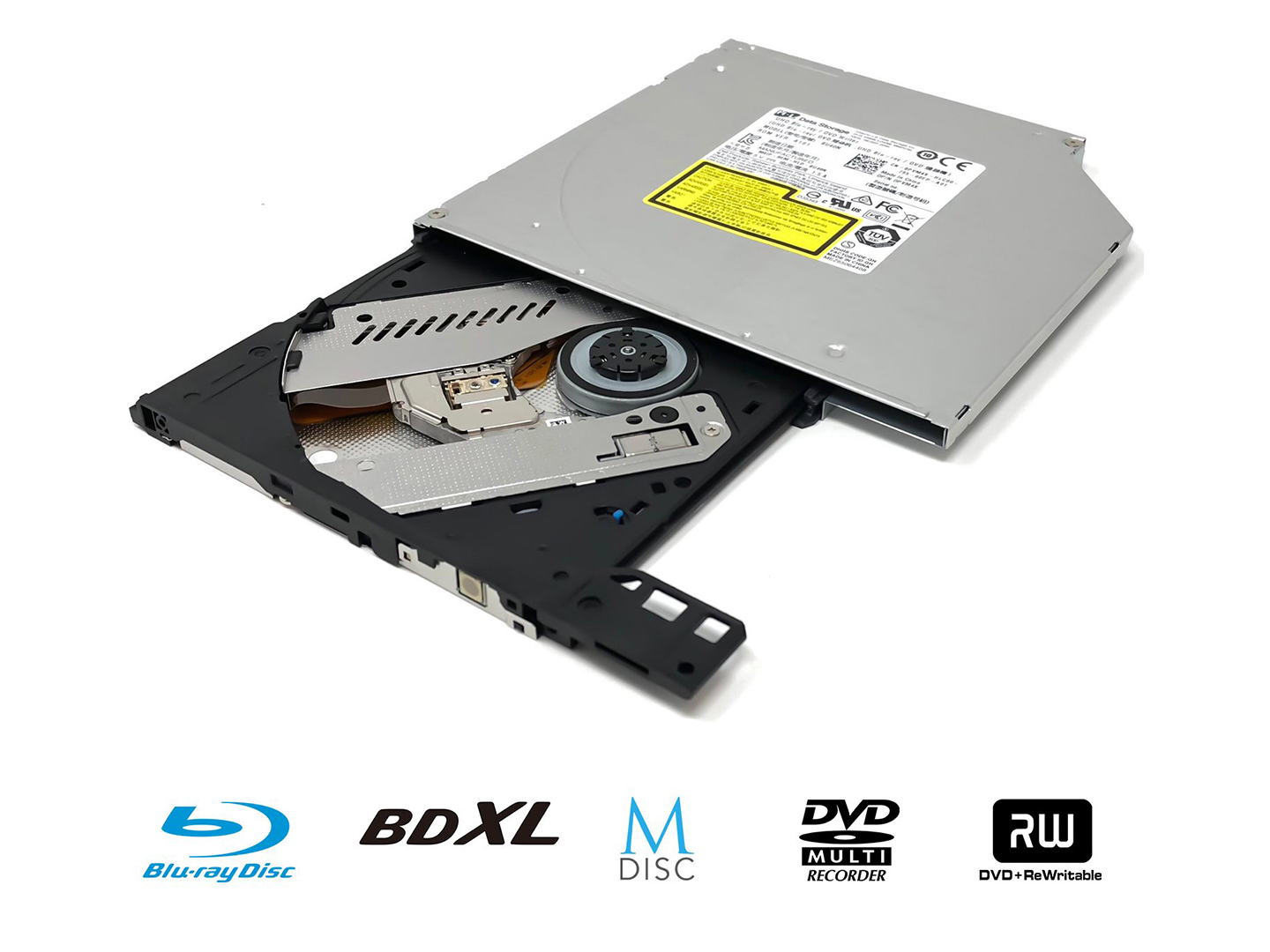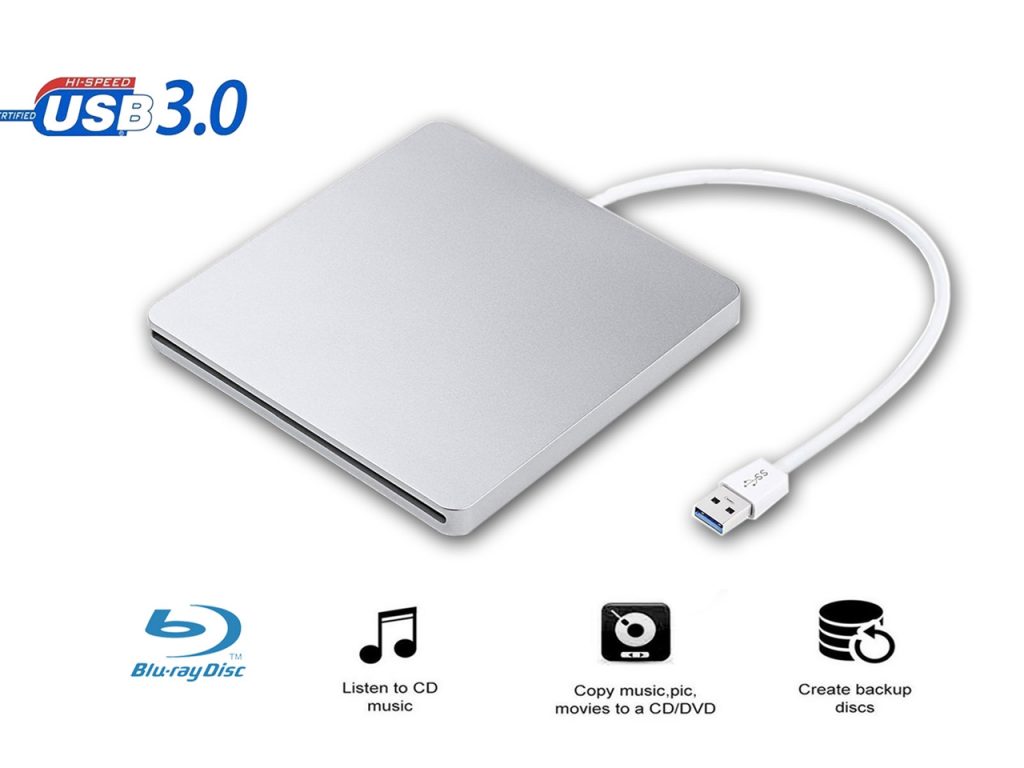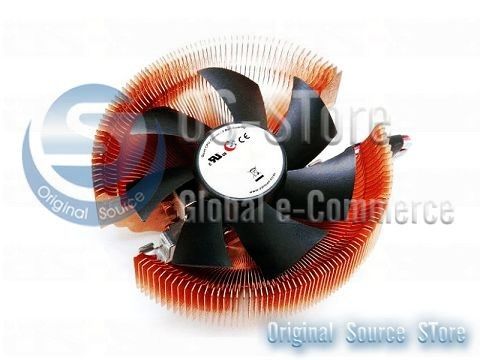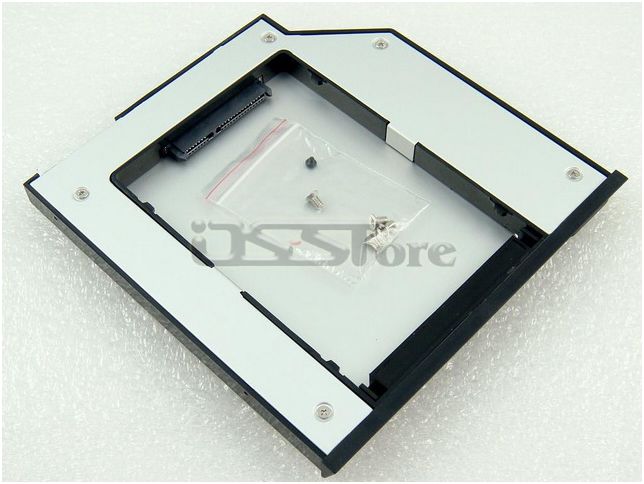Computer Optical Drive Device ODD Specifications of full Description include internal and external

The most important consideration when choosing an optical drive (CD, DVD, Blu-ray) is the types of discs that will be used with the drive as well as the function the drive will perform.
The Standardized Format>>>
-ROM: Read-Only Memory. You cannot write to a -ROM disc, which left the factory with data already on it. A -ROM drive can read discs but not write to them, and has no use at all for a blank disc.
-R: Recordable. You can write to one of these discs once (provided you have an -R drive). But when you’re done, it’s effectively a -ROM disc.
-RW: Rewritable. Another stupid acronym, that always suggested “read and write” to me. You can write to these discs, erase them, and write to them again.
-RE: Recordable Erasable. The Blu-ray variation of -RW, with a far more sensible acronym.
Burn: Write to a disc. It’s called burning because it’s done with a laser, not a pen.
DVD+R; +RW; ±R, ±RW: There are two standards for recordable and rewritable DVDs: DVD-R and DVD+R, each with its equivalent RW variation, and each requiring its own type of drive and blank disc. The ± sign, which you’ll only find on drives, tells you that the drive can burn both – and +. Virtually all drives these days are ±, making the difference between +R and -R irrelevant.
DL: Dual Layer. This doubles or nearly doubles the capacity of DVDs and BDs. Any DVD or Blu-ray drive can read DL discs.
Drive Type and Functions >>>
CD-ROM drive
CD-ROM drives read-only CD-DA (audio) discs, CD-ROM (data) discs, and (usually) CD-R/CD-RW writable discs.
The drawbacks of a CD-ROM drive are that it cannot read DVD-Video, DVD-Audio, or DVD-ROM discs and that it cannot write discs.
DVD-ROM drive
Like CD-ROM drives, DVD-ROM drives read CD-DA, CD-ROM, and CD-R/RW discs, but they also read DVD-Video, DVD-ROM, and (sometimes) DVD-Audio discs.
DVD-ROM drives are read-only devices, and cannot write discs.
CD-RW drive
CD-RW drives, also called CD writers, CD burners, or CD recorders. CD writers read the same formats as CD-ROM drives CD-DA, CD-ROM, and CD-R/RW discs but can also write data to inexpensive CD-R (write-once) and CD-RW (rewritable) discs.
DVD Combo Drive
This drive can read CD-RW and DVD-RAM, but it only can burn CD-RW not DVD-RW
Blu-Ray Combo Drive (BD-ROM)
Blu-ray player that plays Blu-ray, DVD, and CD. It supports 3D(when used with 3D ready software and hardware). Please note the drive does not write/burn Blu-ray but will play Blu-ray and read and write DVD and CD.
Blu-ray Burner Drive
Drive supports BDXL format. BDXL supports 128GB Quad Layer and 100GB Triple Layer Blu-ray media. It can read BD-ROM discs, read/write to single, dual, triple, and quad-layer BD-R discs. The external writer is backward compatible to read and write to DVD and CD formats.
How do I choose SATA or IDE Device>>>
The Optical Disk Drive is connected to the motherboard via an interface cable.
SATA stands for Serial Advanced Technology Attachment (or Serial ATA) and IDE is also called Parallel ATA or PATA. SATA is the newer standard and SATA drives are faster than PATA (IDE) drives. SCSI (Small Computer System Interface) which is mainly used in the industry.
You need to look at your computer’s motherboard or look in your motherboard manual and determine if it contains the older IDE connectors or the newer SATA connectors. The motherboard may even contain both types of connector.
Loading Mechanisms>>>
Desktop and Notebook computer has two optical disk drives loading mechanisms.
Tray-loading mechanisms for optical drives in desktop computers tend to be rather bulky.
For laptops, the tray-loading mechanism is much smaller.
Tray Load drive – In a tray-loading mechanism, the disc is placed onto a motorized tray, which moves in and out of the computer.
Slot Load drive – In a slot-loading mechanism, the disc is slid into a slot and the motorized rollers inside the drive are used to move the disc in and out.
Optical Drive Standard Height>>>
In a desktop computer, the Optical Drive comes in a standard 5.25-inch form factor.
Laptop have slim standard internal drive device size: 12.7mm and 9.5mm
Here are the main introductions to the common optical drive.










